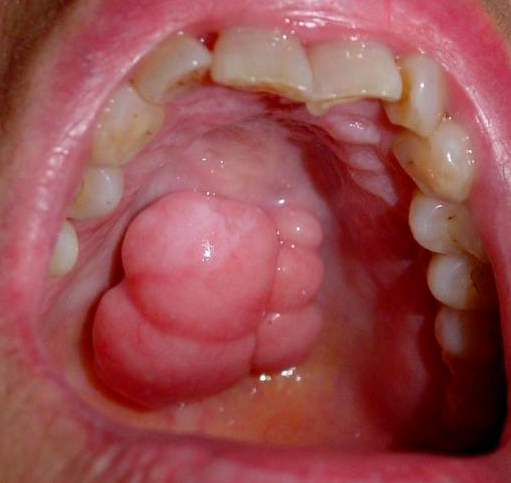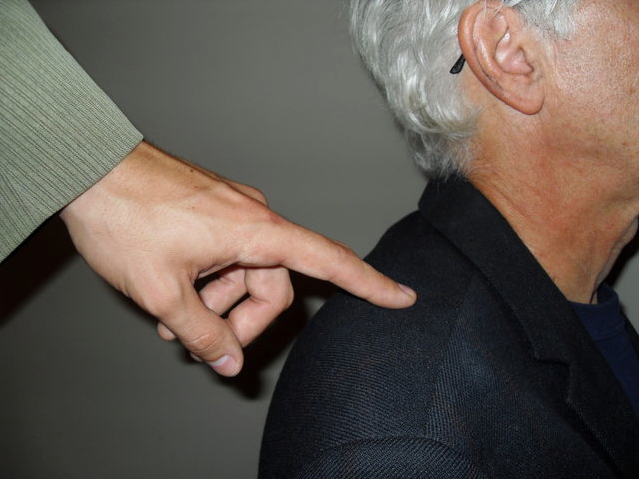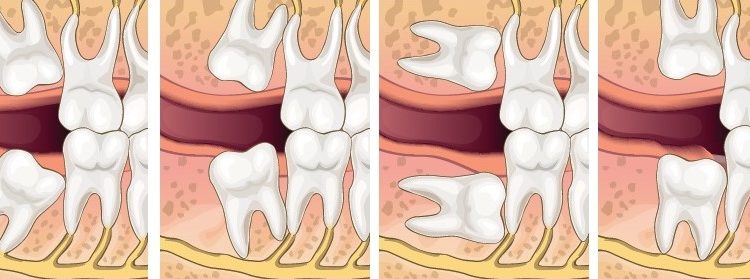

Like our Secret Patient last week, have you ever discovered a strange or unexpected growth in your mouth near the jaw line, on your gums, on the roof of your mouth, or under your tongue? While they can look scary or gross, an exostosis or torus (plural: exostes or tori) can occur in any patient.
So. What Exactly is an Exostosis?
An extostosis is the formation of new bone on the surface of a bone. While many are asymptomatic, they can cause chronic pain ranging from mild to severe, depending on the shape, size, and location of the lesion. They usually grow when there is an excessive amount of stress and tension placed on the teeth’s underlying structures. Tori are widely seen in patients who clench their teeth, but it has also been observed in patients who have malocclusion, or an incorrect alignment of the teeth. When the teeth are not aligned property, the jaw joint experiences higher levels of stress and tension as the jaw is placed in an awkward position that encourages tori growth.
Whether the excess stress and tension placed on the teeth and jaw joints is caused by teeth clenching, malocclusion, or some other problem, the body naturally tries to defend itself from this extra stimulation and produces extra bone in an attempt to help stabilize or support the teeth. As this extra bone grows, it becomes visible – an exostosis. The speed at which tori grow is slow, and they usually don’t cause any problems until they become large. But they do continue to grow over time. They have even been found in fossilized dinosaur teeth! But every exostosis has a different shape and “personality”.
What are the Symptoms or Challenges of Exostoses?
Exostoses are the most common benign bone tumor. They are not a bone disease, but a developmental abnormality of the bone. These are some of the challenges and symptoms:
• The tissue over the tori is usually quite thin and is easily traumatized with food or utensils.
• They can infringe upon tongue space, which could impact breathing.
• They can make it difficult, if not impossible, to place crowns, fabricate dentures over them, and take impressions for orthodontic work.
How Do I Get Rid of an Exostosis?
No treatment is necessary unless the growth interferes with the normal function of the mouth and jaw, the skin over the growth ulcerates or gets cut while eating, or you can no longer wear dentures due to the growths. The treatment for tori removal is surgery (read last week’ Surgery is successful for most; but it is important to treat the underlying cause of the problem, or tori may return. In order for the treatment of tori to be permanent, it is important that the root cause of the problem be diagnosed and treated accordingly.
If you suffer from tori, call McGann Facial Design today to determine the treatment method that is best for you.




